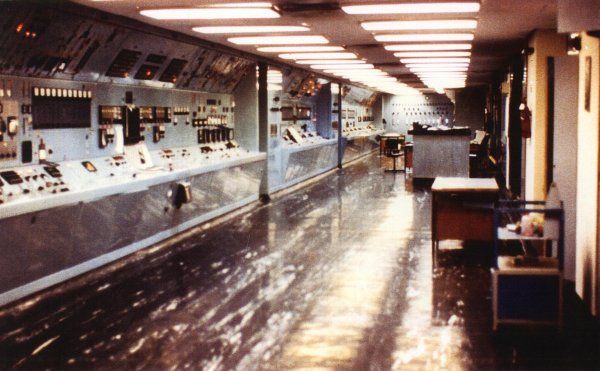Got to love this stuff.
Teams that join this DARPA program, the “Spectrum Collaboration Challenge (SC2),” will have to demonstrate new technologies that represent a “paradigm shift” with both military and commercial applications.
“The real crux of the problem is — when you look at users of the spectrum, whether they are commercial users of the spectrum, whether they’re consumers or they’re the military — the thing that is ubiquitously true is we all are placing more and more and more demand on the spectrum. And all of that demand is really adding up and going to stress the way that we actually manage the spectrum,” said Paul Tilghman, program manager.
“Where do we put our communications systems? Where do we put our radars? Where do we put our (electronic warfare) systems?”








